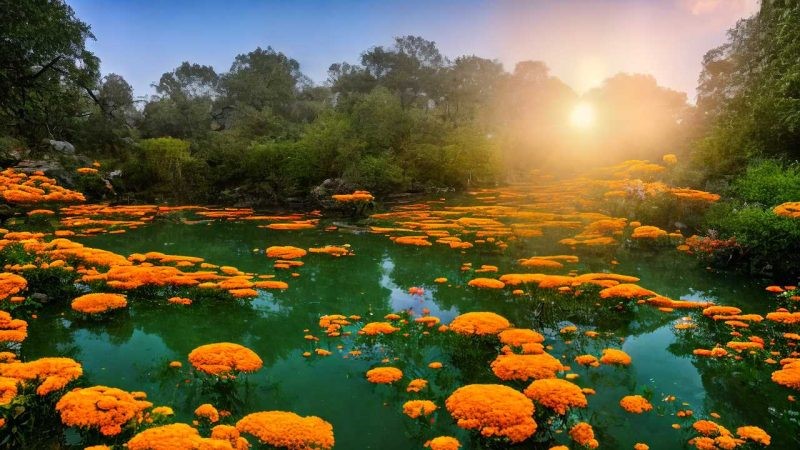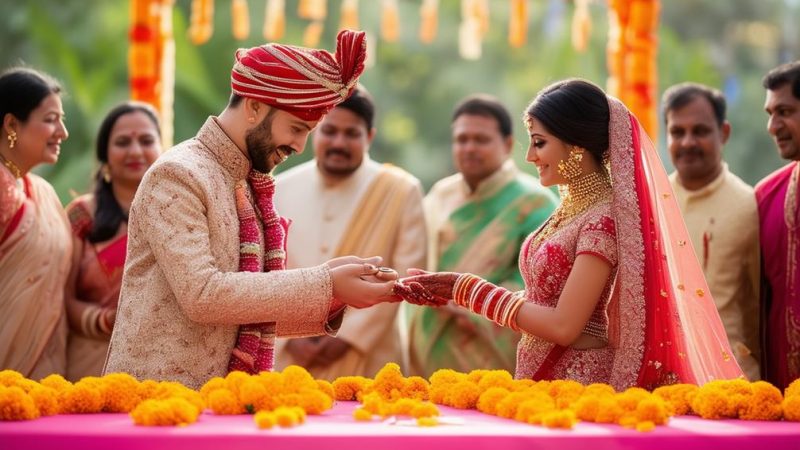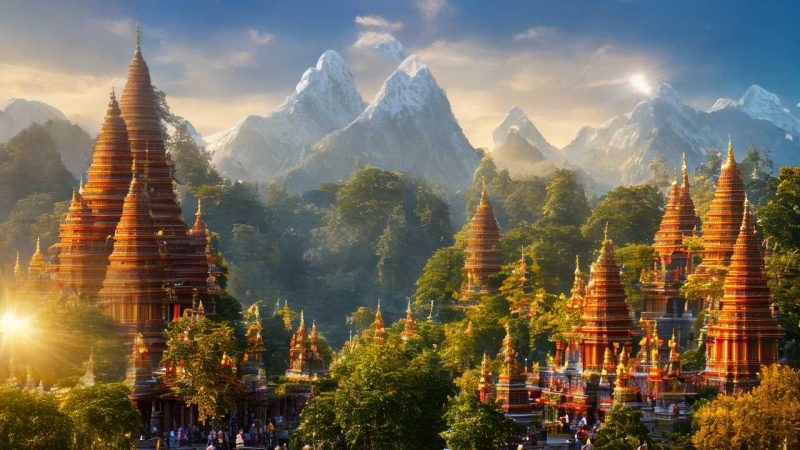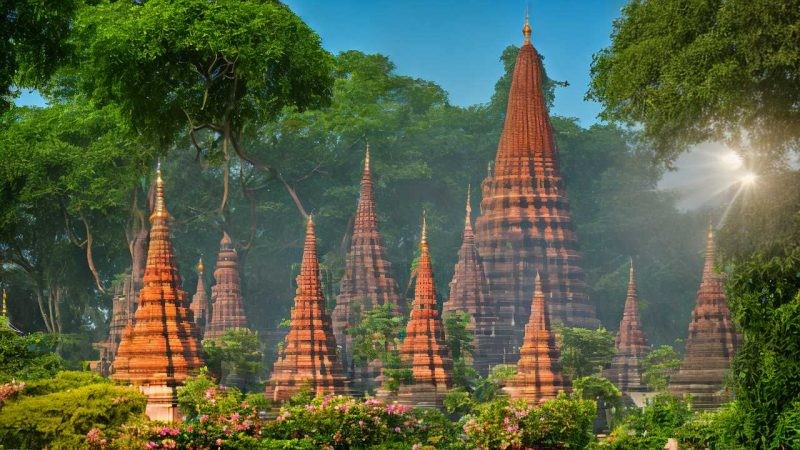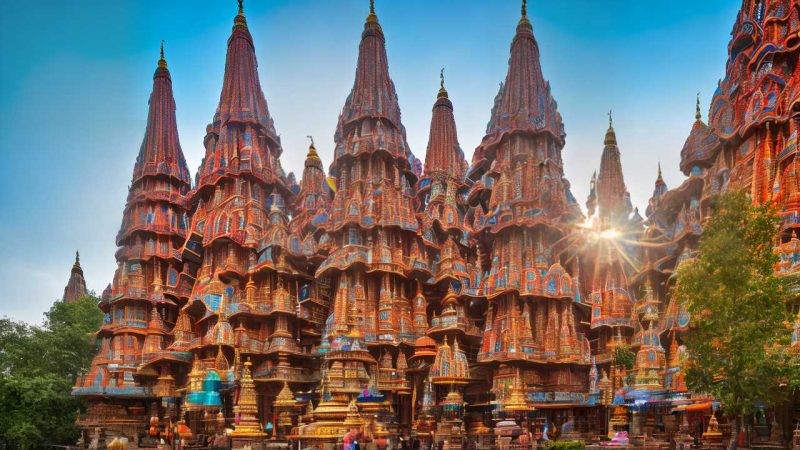The Warrior Goddess Durga and Her Place in Hindu Worship
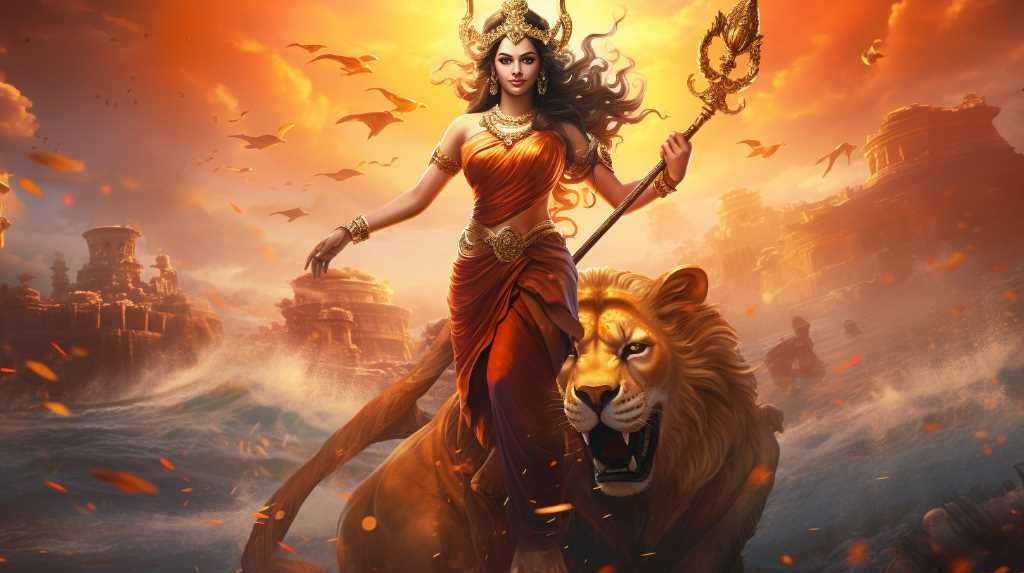
The Hindu religion has many gods and goddesses, and Durga is one of the most important ones. She represents ultimate strength and is often shown as a warrior. Durga’s story comes from old myths where she plays a key role in fighting evil. Her pictures often show her with many weapons and riding a big cat, like a lion or tiger. This shows that she is powerful and can protect people.
One of the main ways people worship Durga is during a festival called Durga Puja. This event is not just a religious occasion; it is also a time for communities to come together. It shows how much people respect Durga and the impact she has on society. When we look at why people admire Durga so much, we can see that she represents ideas that are still important today, like bravery and fighting against wrongdoing.
In simple terms, Durga is like a superhero for many people. Just like people might look up to Wonder Woman or Superman, Durga is a symbol of hope and strength. When people come together for Durga Puja, they are not just praying; they are also celebrating these values and keeping their culture alive.
Origins of Goddess Durga
In Hindu stories, Durga is a powerful goddess who combines aspects of older gods from the Vedas and local beliefs. She is known for her strength and protective nature. Sometimes, she is connected to Uma or Parvati, who is married to Shiva, while other times, she is seen as her own powerful being.
The worship of Durga in Hinduism demonstrates the religion’s ability to incorporate local gods and integrate them into the larger framework. Scholars believe that Durga’s growing popularity helped Hinduism adapt to the changing needs of its followers.
One of Durga’s most famous feats is her victory over the buffalo demon, Mahishasura. This story highlights her fierceness in battling against evil, which is a significant reason for her prominence in Hindu practices.
Symbolism and Iconography
In the worship of Goddess Durga, the symbols and images we see are very important. They help her followers understand and celebrate what she stands for.
Durga is usually shown sitting on a lion or tiger, which shows her strength and commitment to keeping the world in balance. She has many arms, each holding a different weapon. These weapons crush ignorance and evil. The conch shell she holds stands for the original sound of creation, while the discus represents the human mind. Her trident, or ‘trishul’, has three points that show the three parts of nature: activity, rest, and balance.
When you look at Durga, her calm but strong face shows she is a caring mother and also a brave fighter. This mix of qualities is often seen in the images of her. These symbols are not just for show; they teach her followers about ‘dharma’, which means living with good values. They remind us that we should fight against wrong ideas and actions that lead us away from the truth.
Stories of Valor and Victory
In Hindu stories, Goddess Durga is known for her bravery and for winning battles. She is seen as a powerful guardian. One of her most famous stories is about her fight with Mahishasura, a demon in the form of a buffalo. This demon was causing trouble for the world. When Durga defeated him, it was like a win for all good things against bad things, and for peace over disorder.
Understanding this story helps us see what people value in the Hindu religion. They respect the power of women, especially when used for good and to stand up against wrong. The stories of Durga help shape what people believe. They show that if you are determined and fight for what is right, you will eventually win against evil.
These stories are important because they teach lessons about strength and goodness. They are not just old tales; they help people understand their religion better. They encourage the idea that good things come to those who do what is right and are strong in the face of challenges.
Rituals of Worship
Reflecting on the inspirational tales of Goddess Durga’s valor, devotees express their reverence and seek her blessings through a variety of intricate rituals and practices.
The worship of Durga, known as Durga Puja, is a festival of great significance, particularly in regions of Eastern India. Rituals commence with the ‘Mahalaya’, invoking the goddess’s presence into idols. ‘Pran Pratishthan’ follows, symbolically enlivening the deity.
Devotional hymns, or ‘Aartis’, and offerings, ‘Prasad’, are presented with fervor. The ‘Chandi Path’ or recitation of the ‘Devi Mahatmya’ text is integral, extolling Durga’s victories and virtues. ‘Sindoor Khela’, where married women apply vermilion, signifies the goddess’s marital felicity.
These rituals embody the collective spirituality and cultural ethos, culminating in the immersion of idols, symbolizing Durga’s return to her celestial abode.
Durga Puja: A Cultural Phenomenon
Durga Puja is more than just a religious festival; it’s a time when people from different backgrounds come together to celebrate art, spirituality, and tradition. This yearly event honors the goddess Durga and has grown into a social and cultural celebration that helps to bring people together.
The festival includes building pandals, which are special temporary structures for the goddess, and making detailed statues of Durga. These practices show how the festival combines worship with a celebration of culture.
People are interested in Durga Puja because it helps to keep cultural traditions alive and strengthens the community. The festival honors the goddess Durga, who represents the power and spirit of the community. This makes Durga Puja more than just a religious event; it’s a key part of the community’s cultural life.
To give a specific example, the crafting of the Durga idol is an art form in itself. Local artisans spend months creating these idols, showcasing their talent and keeping traditional techniques alive. This aspect of Durga Puja highlights the festival’s role in supporting local arts and crafts.
Conclusion
Goddess Durga holds a special place in Hinduism. She represents the ultimate form of female strength and the ability to fight and win battles. Her story is full of deep meanings, and her pictures and statues show her many sides. Her tales, especially those where she defeats evil forces, remind people that good can win against evil.
The celebrations and worship activities for Durga, like the Durga Puja festival, show how important she is in Hindu culture and religion. These practices honor the idea of a powerful female god.
Durga Puja is a key example of how Hindus celebrate Goddess Durga. During this festival, people build elaborate displays, offer prayers, and perform cultural events to honor her. It’s not just a religious event but also a time for communities to come together and celebrate their shared traditions and values.
We strive to present the teachings of Ramana Maharshi and the traditions of Sanatana Dharma with respect and accuracy. Terms like "mythology" are used for ease of understanding and are not meant to diminish the significance of sacred texts.
